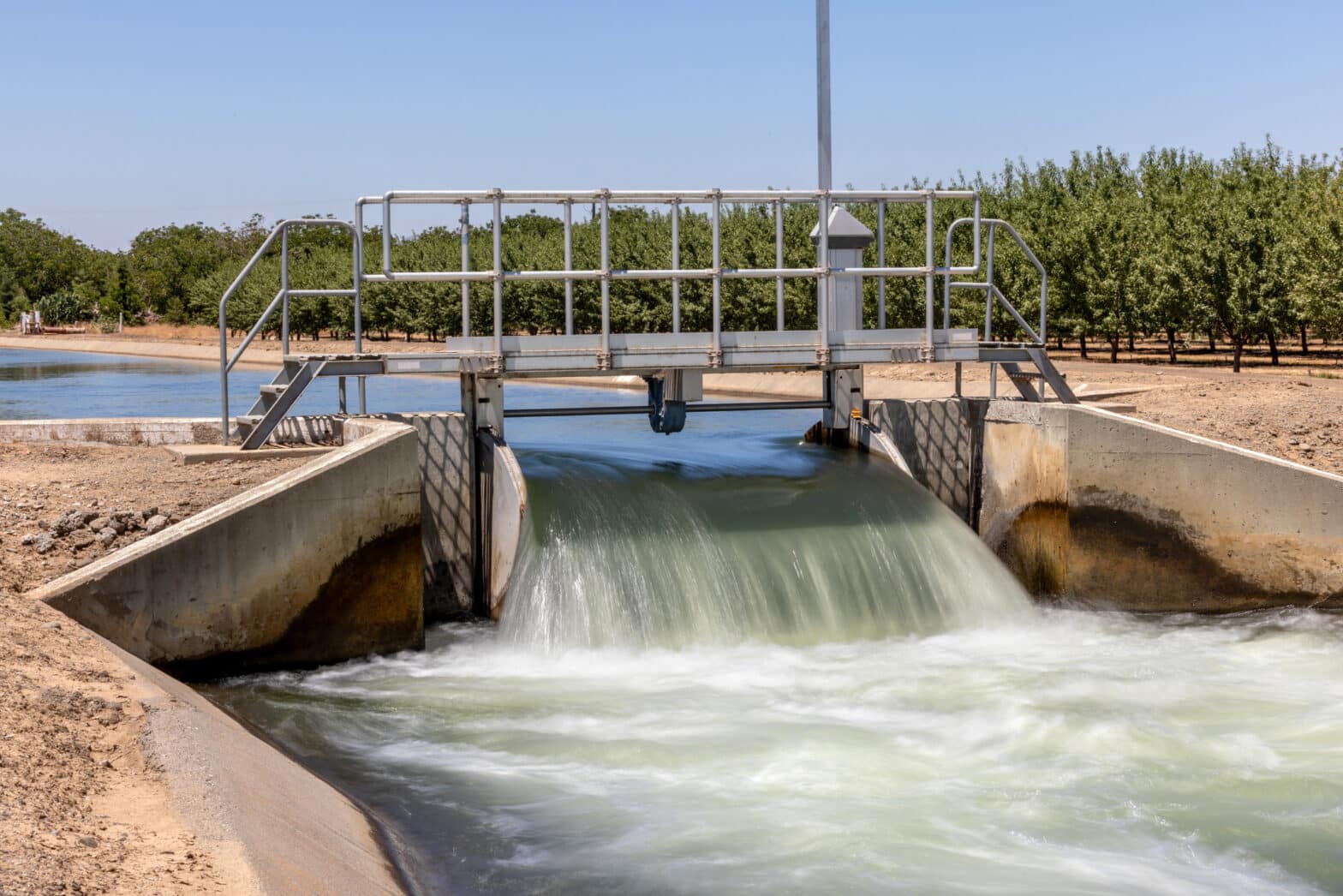Floods are among the most destructive natural disasters, and as climate change fuels extreme weather, the economic impact of flooding is set to rise. According to a recent Swiss Re Institute study, the economic benefits of flood adaptation measures—such as dykes, dams, and flood gates—can be up to ten times more cost-effective than post-disaster rebuilding efforts. With global flood losses reaching USD 51.6 billion in 2023 alone, the case for proactive adaptation has never been clearer.
Flooding Costs and the Growing Need for Adaptation
Swiss Re reports that natural catastrophes cost the global economy approximately USD 280 billion in 2023, with floods comprising nearly a fifth of these losses. As both climate change and urban sprawl intensify, the risk and cost of floods will likely increase, especially in densely populated areas where asset values are high. The Swiss Re Institute’s analysis highlights that protective infrastructure, particularly in flood-prone regions, significantly reduces damage and can have a benefit-to-cost ratio of up to ten times compared to rebuilding efforts.
“Investments in climate adaptation, such as flood preparedness, not only promote economic stability and create jobs, but also help keep people safe,” said Veronica Scotti, Chairperson Public Sector Solutions at Swiss Re. However, Scotti noted that current underfunding limits these benefits. Addressing this shortfall, she explained, will require both public and private capital flows into adaptation projects, bolstered by a clear understanding of their financial benefits.
Quantifying the Benefits of Flood Defense Measures
To guide investment decisions, Swiss Re conducted a detailed study comparing the economic benefits and costs of flood adaptation measures. The findings show that grey infrastructure—such as dykes and levees—is especially effective, with benefits outweighing costs by as much as seven times globally and up to ten times in flood-prone zones. These structures, when built to optimal standards, can reduce flood damage by 60-90% in densely populated areas.
For less populated areas, nature-based solutions like barrier island restoration or foreshore vegetation provide a comparable level of protection. Swiss Re also found that policy interventions, including land-use restrictions, can increase the value of flood adaptation measures, especially in emerging economies. Notably, these measures are nearly twice as effective as accommodative tactics, like dry proofing, for managing coastal and river floods.
A Collaborative Approach to Risk Adaptation
Swiss Re highlights that collaboration between public and private sectors is essential to effectively manage and finance flood adaptation projects. By focusing on risk prevention, public entities can reduce future flood losses, transferring residual risks to the re/insurance sector. Early involvement of insurers in the planning of flood defenses not only mitigates financial exposure but also ensures communities remain protected and resilient in the face of rising flood threats.
The Swiss Re study underscores the urgency of climate adaptation and the tangible financial benefits that flood defenses offer. As the frequency of extreme weather events continues to increase, effective flood adaptation strategies are more than just economic advantages—they are essential for the safety and stability of communities worldwide.













